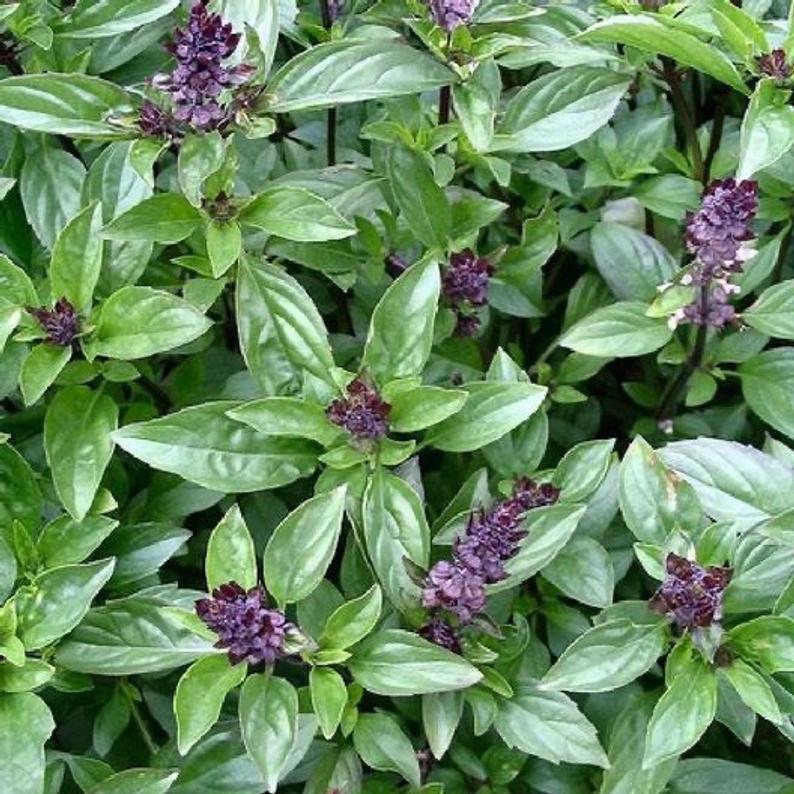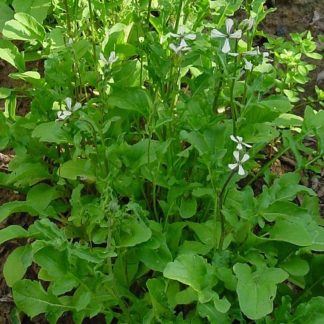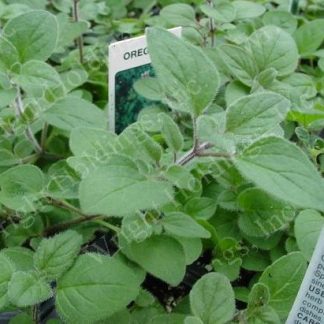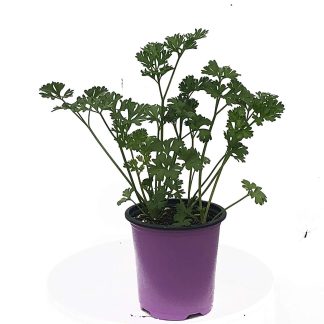Description
Cinnamon Bouquet Basil: A Guide to Growing, Using, and Enjoying This Unique Herb
A Basil That Stands Out
Cinnamon Bouquet basil is not your everyday kitchen basil. It surprises with a spicy-sweet aroma that hints at cinnamon. The leaves are bright green, tender, and beautifully aromatic. Purple stems and blooms add striking color to your garden. This variety blends the culinary charm of basil with an unexpected warm note, making it a favorite for adventurous cooks and gardeners who love fragrant, ornamental herbs.
What Makes Cinnamon Bouquet Basil Special?
This basil variety earns its name from the cinnamon-like scent released when leaves are crushed or warmed in the sun. Unlike common sweet basil, its flavor leans toward spicy and warm rather than purely sweet. It works beautifully in teas, fruit salads, and desserts, as well as savory dishes where a hint of spice adds depth.
In the garden, its upright growth habit and colorful flowers attract pollinators, especially bees and butterflies. It’s both functional and beautiful — perfect for edible landscapes or herb borders.
Growing Cinnamon Bouquet Basil
Sunlight and Location
This basil thrives in full sun — aim for at least 6–8 hours of direct light daily. A sunny spot in raised beds, garden rows, or containers will ensure strong growth and rich flavor.
Soil Needs
Well-draining soil is essential. Cinnamon Bouquet basil prefers slightly rich, loamy soil with a pH between 6.0 and 7.0. Adding compost or aged manure boosts fertility and moisture retention.
Planting
-
Seed Starting: Sow seeds indoors 4–6 weeks before your last frost date.
-
Transplanting: Move seedlings outdoors when soil temperatures are consistently above 60°F.
-
Spacing: Space plants about 12 inches apart to allow air circulation and reduce disease risk.
Watering
Keep the soil evenly moist but never soggy. Water at the base to avoid wetting the foliage, which can lead to mildew. In hot climates, mulching helps retain moisture and keeps roots cool.
Fertilization
Basil responds well to light feeding. A balanced organic fertilizer every 3–4 weeks encourages lush growth without overwhelming the flavor with excess nitrogen.
Caring for Cinnamon Bouquet Basil
-
Pinching and Pruning: Regularly pinch off the top leaves to promote bushiness and delay flowering.
-
Flowering: Once flowers appear, leaf production slows. Either allow blooms for pollinators or remove them to keep harvesting fresh leaves.
-
Pests and Problems: Watch for aphids, Japanese beetles, and fungal diseases like downy mildew. Good airflow and clean watering habits minimize issues.
Harvesting and Storing
Begin harvesting when plants are about 6–8 inches tall. Take leaves from the top, cutting just above a leaf node to encourage branching. For best flavor, harvest in the morning when essential oils are strongest.
-
Fresh Use: Use immediately for peak aroma and taste.
-
Drying: Hang small bunches upside down in a cool, dark place. Once dried, crumble leaves and store in airtight jars.
-
Freezing: Freeze whole leaves or purée with olive oil in ice cube trays for easy cooking use later.
Culinary Uses
Cinnamon Bouquet basil opens up exciting flavor possibilities:
-
Teas and Infusions: Steep leaves in hot water for a soothing herbal tea with spicy undertones.
-
Fruit Dishes: Pair with peaches, apples, or melons for a refreshing twist.
-
Baking: Add finely chopped leaves to muffins, cookies, or quick breads.
-
Savory Cooking: Use in marinades, curries, or roasted vegetable dishes for added warmth.
Companion Planting and Garden Benefits
Like other basils, Cinnamon Bouquet repels harmful insects such as mosquitoes and flies. Plant it near tomatoes, peppers, and eggplants to enhance growth and deter pests. Its purple flowers also lure pollinators, boosting fruit production in nearby plants.
Bringing Cinnamon Bouquet Basil Indoors
This basil variety adapts well to container growing, making it easy to keep indoors on sunny windowsills. Use a pot with good drainage and rotate regularly for even growth. Pinch frequently to keep plants compact and leafy.
Why Gardeners Love It
Gardeners praise Cinnamon Bouquet basil for its dual appeal — both decorative and edible. Its warm, spicy flavor sets it apart from traditional basil varieties, inspiring creative recipes. And its ornamental value adds beauty to herb gardens, borders, and even bouquets.
A Fragrant Herb Worth Adding to Your Garden
Cinnamon Bouquet basil invites you to explore new flavors and enjoy a plant that delights every sense. Its vibrant foliage, aromatic leaves, and pollinator-friendly blooms make it a standout herb for gardens big and small. With simple care and regular harvesting, it rewards you with months of culinary inspiration and fragrant garden moments.




